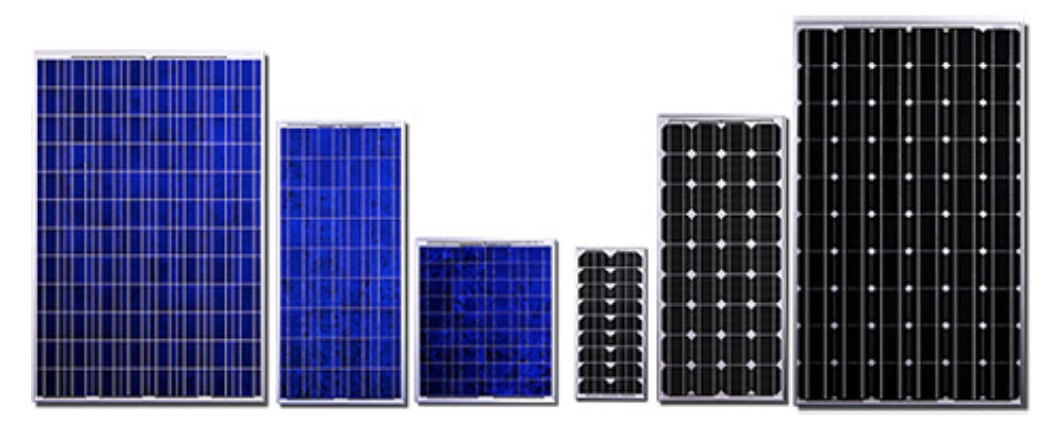Polycrystalline solar panels generally have lower efficiencies than monocrystalline options but their advantage is a lower price point.
Amorphous silicon panels vs crystalline solar panels.
Amorphous silicon cells generally feature low efficiency but are one of the most.
Instead of being constructed from solid silicon wafers like mono or poly crystalline solar panels amorphous panels are made by depositing non crystalline silicon on a substrate like glass plastic or metal one layer of silicon on an amorphous solar panel can be as thin.
Crystalline typically costs more than amorphous.
Crystalline silicon c si solar cells are currently the most common solar cells in use mainly because c si is stable it delivers efficiencies in the range of 15.
Without any doubt amorphous panels are exponentially better suited for the field radio operator but that comes with a much higher price.
Thin film solar panels are completely different from monocrystalline and polycrystalline solar panels.
Like conventional solar panels amorphous solar panels are made from silicon but they are constructed in a different way.
In addition polycrystalline solar panels tend to have a blue hue instead of the black hue of monocrystalline panels.
Once the solar panel is selected it is made to deliver a specified voltage and output charge wattage to either power a pump or charge batteries.
Usually thin film solar panels are lightweight and flexible making them easy to install.
Particularly in home solar power grid connect systems and how they affect the life of a solar panel.
A similar power amorphous panel would be 50 larger.
When i announced that we ll be offering 25w crystalline panels we received a few emails asking why we re going to offer crystalline when we say how much better amorphous panels are.
If i didn t have the budget for amorphous panels i would try to find semi flexible diy monocrystalline solar panel kit until i had the budget for amorphous.
In our solar secrets book we explain the advantages of amorphous panels thin film low light compared to the crystalline panels.
Polycrystalline solar panels are also made from silicon.
Used as semiconductor material for a si solar cells or thin film silicon solar cells it is deposited in thin films onto a variety of flexible substrates such as glass metal and plastic.
They are solid black without the normal silicon cell outlines you see on the face of a crystalline solar panel.
Amorphous silicon a si is the non crystalline form of silicon used for solar cells and thin film transistors in lcds.
Quite often we re asked about the advantages of monocrystalline panels and polycrystalline solar modules over their amorphous thin film counterparts.









.jpg)




.jpg)






